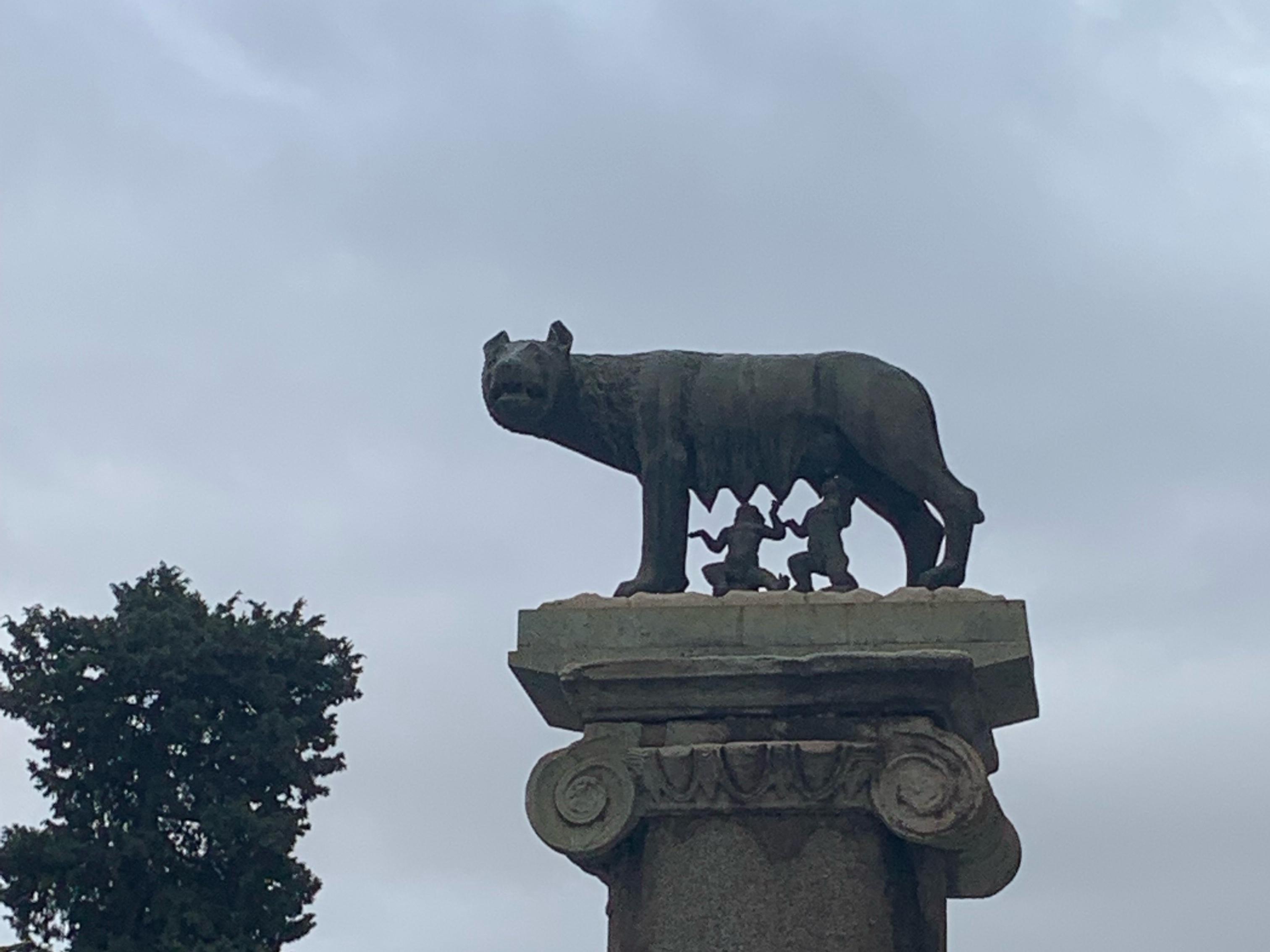
PALAZZO COLONNA
⭐️DO NOT MISS ON SATURDAY MORNING
Construction of the palace started in the 14th century by the Colonna family. The exterior of the palace looks Renaissance and you will hardly notice it in the street scene. The interior is all Baroque by the architects Bernini, Carlo Fontana, Johan Paul Schor and the first architect Antonio del Grande. Eight centuries later, the Colonna family still lives in this palace near Piazza Venezia.
From 1300 to 1500, the palace functioned as a family fort. Oddone Colonna, elected Pope Martin V in 1417, appointed the palace as papal seat and lived there from 1420 to 1431. This pope laid the foundation for a cultural, urban and administrative rebirth of the city. In 1527, during the sack of Rome by the troops of Emperor Charles V, Palazzo Colonna was one of the few buildings that was not destroyed. This is because of the good relationship of the family with the empire.
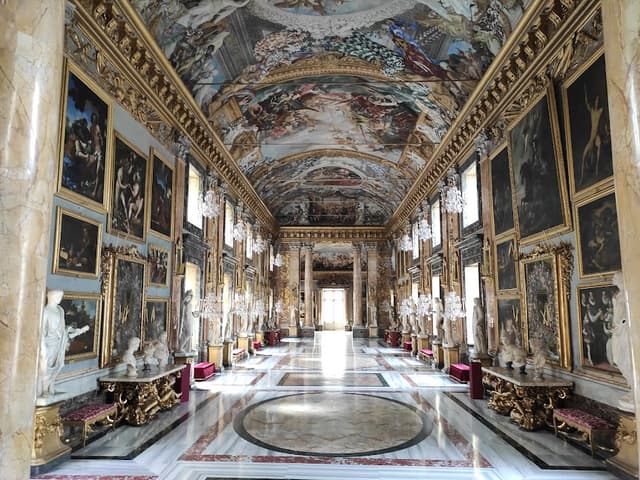
Visiting the wonderful Galleria Colonna in Rome ( which is part of the Colonna Gallery ), it will be possible to notice that on the flight of stairs that descend towards the Great Hall, there is a cannonball, which is located exactly in the same point where it was thrown in 1849, during the period of the Roman Republic.
The cannonball of the marble staircase was fired from the Janiculum Hill by the French army, under the orders of General Oudinot, who entered from Porta San Pancrazio and came to help Pope Pius IX by the republican insurgents, including Mazzini, Armellini and Saffi, who occupied for a few months the historic center of Rome.
PALAZZO FARNESE
⭐️DO NOT MISS ON MONDAY, WEDNESDAY and FRIDAY 2:30pm -3:30pm
One of the most beautiful palaces of the sixteenth century in Rome, begun in 1517 by Antonio da Sangallo the Younger, commissioned by Cardinal Alessandro Farnese, the future Pope Paul III (1534-1549). When Sangallo died, the works were continued first by Michelangelo (1546-1549), then by Vignola (1569-1573) who designed the rear facade, and finally by Giacomo Della Porta, who completed the works in 1589.
On the main floor, the famous Gallery was frescoed between 1597 and 1604 by Annibale Carracci, in collaboration with his brother Agostino, Domenichino and Giovanni Lanfranco, while the adjacent Sala dei Fasti Farnesiani was decorated with frescoes by Francesco Salviati and by Zuccari.
The palace belonged to one of the most famous families of Renaissance Rome and today is the seat of the French embassy.
⭐️To visit it it is necessary to book in time, from 1 to 4 months in advance depending on the season and the number of people, the visits are in French, in Italian and in English . Therefore, interpreters for other languages are not allowed.
The booking can be both individual and for groups up to 20 people. For the same organization (cultural association, university and / or person) only one visit per year is allowed. For the visit it is important to have a valid identity document (no photocopies). Photographs, films, bags and bulky objects are not allowed (neither custody nor cloakroom).
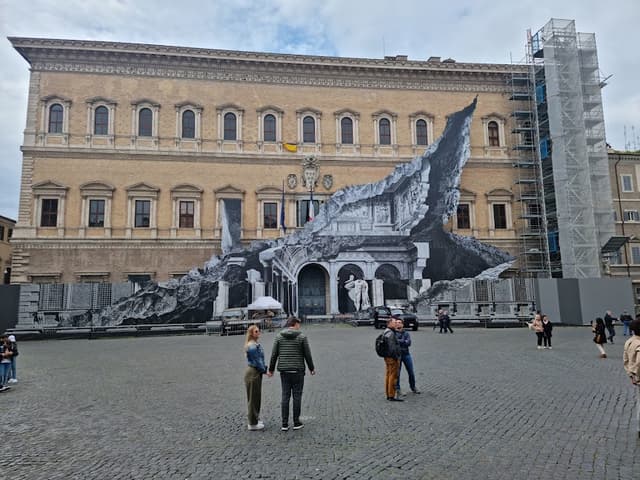
THE FOUR PAPAL BASILICAS OF ROME
Rome has over 400 churches, so it’s fairly unlikely you will see more than a tenth of them. Four of them are major basilicas: St. Peter, St. John Lateran, St. Mary Major and St. Paul Outside the Walls.
Saint John Lateran
As a cathedral of Rome it ranks above all other churches in the Catholic Church, including St. Peter’s Basilica. For that reason, it is titled Archbasilica.
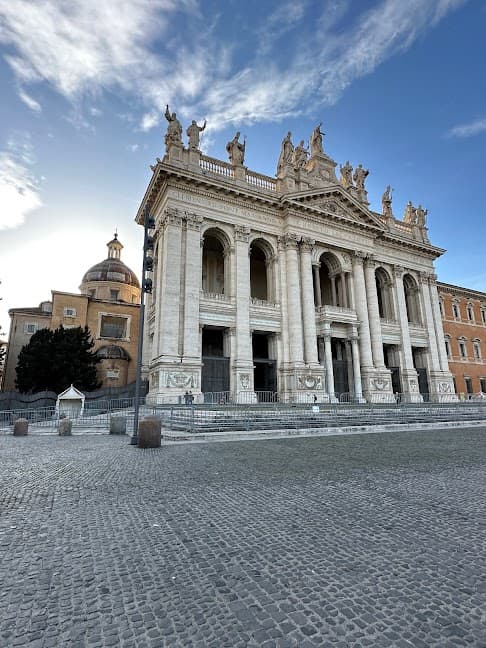
Saint John Lateran is the cathedral of the Pope as Bishop of Rome. Property of the Vatican, it is considered the mother of all churches. This is indeed the oldest church of the city, originally built by Constantine in around 320. Rebuilt in the course of history, it is in the baptistery that the very early Christian ruins are best preserved.
⭐️DO NOT MISS
LA SCALA SANTA
Right across the plaza from the Cathedral Saint John Lateran you can visit a Basilica of San Lorenzo.
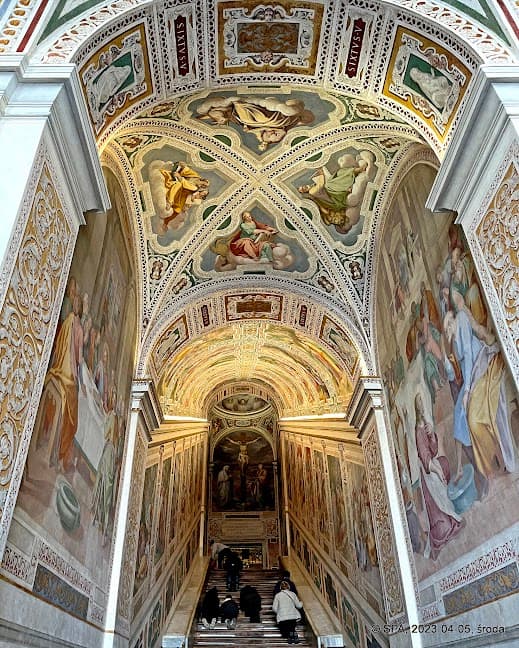
La Scala Santa (Holy Stairs), located inside, is one of the most valuable relics of the Christian faith. Twenty-eight marble steps lead to the Holy of Holies (Latin: Sancta Sanctorum), the chapel of the popes, located in the Lateran Palace (Italian: Palazzo del Laterano).
The legend says, it is the very stairs, down which procurator Pontius Pilate walked Jesus Christ to judgement.
According to the Holy Scripture, the trial of Jesus was held in Pilate’s property (Pretoria) in Jerusalem. Sentenced to death, the son of God went along wide marble steps. Pontiff Sergius II writes that in the 4th century AD, the relic remained in Rome due to Iulia Helena Augusta, mother of Emperor Constantine I. Bishop Sylvester I received gifts from her and ordered to establish the relic in the papal palace.
At the end of the 16th century, Lateran Palace was significantly reconstructed. The Scala Santa acquired its current location. It is also assumed that 4 more steps were added to the original 24 ones. Construction works were carried out in a short time, workers did not dare to desecrate the relic with their feet. The staircase was set out from top to bottom.
By the end of the 19th century, the worship of the Scala Santa or Stairs of Pilate (Latin: Scala Pilati) had reached its peak. Numerous pilgrims flocked to the Lateran Palace on the eve of all the great church holidays. People gathered to walk the way from the foot of the stairs to the Basilica of San Lorenzo (Italian: Cappella di San Lorenzo in Palatio) on their knees reading the appropriate prayers at every step. Finally, they had to cover marble under the wooden blades to prevent it from complete destruction.
Saint Peter’s Basilica
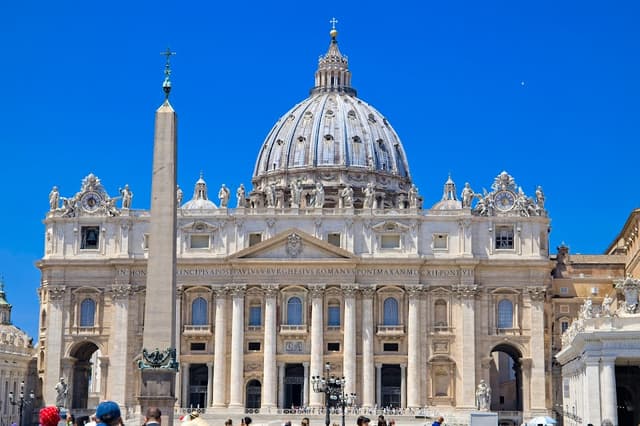
St. Peter’s Basilica, a UNESCO heritage site, is the most important and largest religious structure of Catholicism. It was built on the supposed tomb of the apostle Peter, buried on the same site where he was martyred. It is the tallest building in the city, 119 meters with its dome. Rebuilt mostly in the sixteenth century, during the Renaissance, Bramante, Bernini and Michelangelo contributed to it. Legally situated in the Vatican, not in Rome, it is the church of the Pope.
Saint Mary Major Basilica
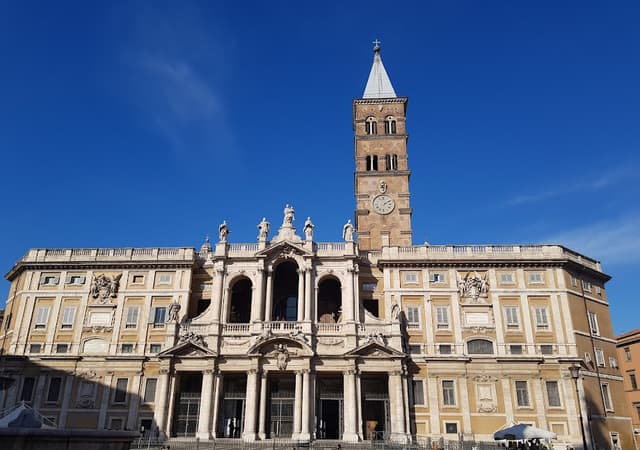
Santa Maria Maggiore
Santa Maria Maggiore is the oldest and largest church dedicated to the Virgin. The entire course of Christian art can be charted here: from the early Christian with its Ionic columns; through to the Romanic Medieval as with the bell tower; the Renaissance in which time the interior was extensively redesigned; and the Baroque as seen in its façade and domes
Saint Paul Outside The Walls
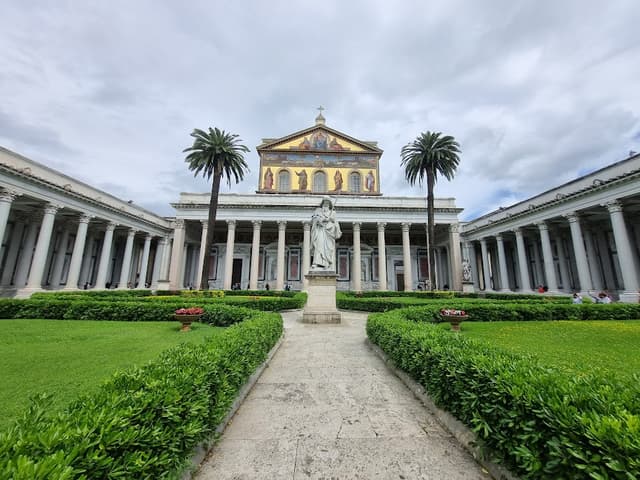
Destroyed by fire in 1823, St. Paul Outside the Walls was fully rebuilt exactly as it was. However, the thirteenth century cloister survived the disaster. The atmosphere is intensely sober and majestic. The mosaic of Apocalypse located under the arch dates back to the fifth century.
DORIA PAMPHILJ GALLERY
This museum houses Rome's largest private collection, a trove assembled by the Doria, Pamphilj, Landi, and Aldobrandini families and brought together through marriage. It’s set in a noble palace still owned by the Doria Pamphilj family and the ornate halls provide a grand setting for such an overwhelming amount of art. The collection is acclaimed among 16th and 17th-century art aficionados but is off the average visitor’s radar even though it's located just off Piazza Venezia and close to the Forum.
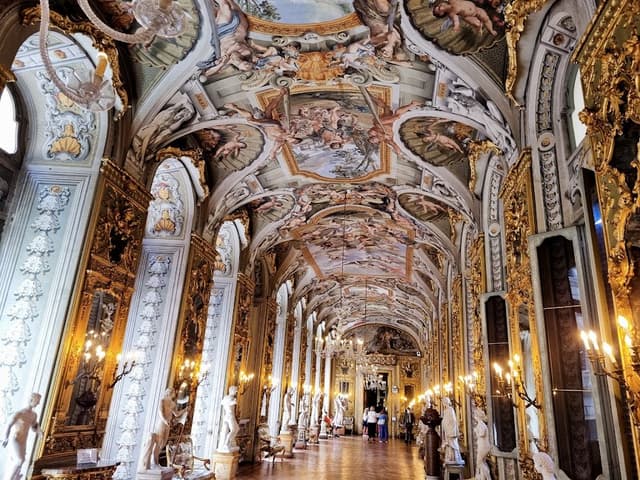
Portrait of Innocent X
Artist Diego Velázquez
Year c. 1650
Portrait of Pope Innocent X is an oil on canvas portrait by the Spanish painter Diego Velázquez, executed during a trip to Italy around 1650. Many artists and art critics consider it the finest portrait ever created.[1] It is housed in the Galleria Doria Pamphilj in Rome. A smaller version is held by the Metropolitan Museum of Art in New York, and a study is on display at Apsley House in London.[2] The painting is noted for its realism as an unflinching portrait of a highly intelligent, shrewd, and aging man. He is dressed in linen vestments, and the quality of the work is evident in the rich reds of his upper clothing, head-dress, and the hanging curtains.
PLACE TO EAT🍝
The Caffè Doria is on the ground floor of the Palazzo (it's around the back on Via della Gatta 1). It's a very nice place to stop for a lunch. Also it is very romantic spot for a dinner (reservation is advised)

THE BATHS OF CARACALLA
⭐️DO NOT MISS
The Baths of Caracalla are the finest example of great Roman baths and were one of the biggest thermae complexes in antiquity.
Strong walls, an immaculate state of conservation and new virtual technologies: a perfect blend that will capture your hearts.
TRAVEL THROUGH TIME BY THE FOURTH DIMENSION
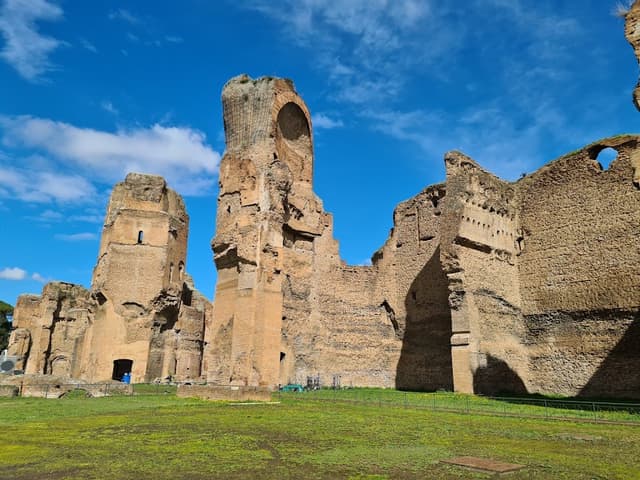
THE CHURCH OF SAINT IGNATIUS OF LOYOLA
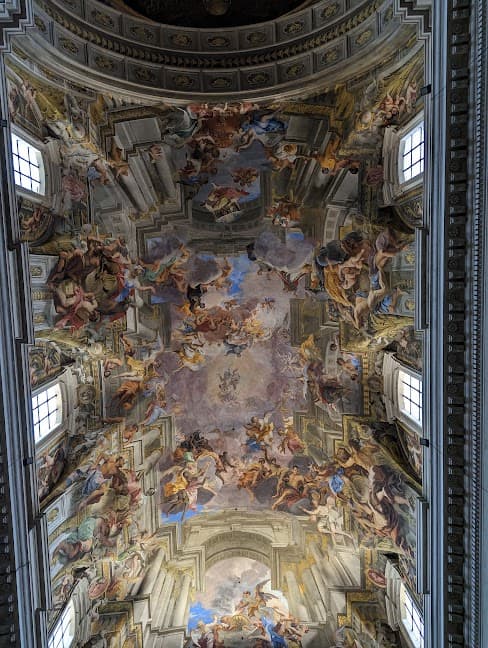
THE FAKE DOME
⭐️DO NOT MISS
It is one of the most famous works of art by Andrea Pozzo, known above all for its amazing and wonderful effect.
BASILICA OF SAN CLEMENTE
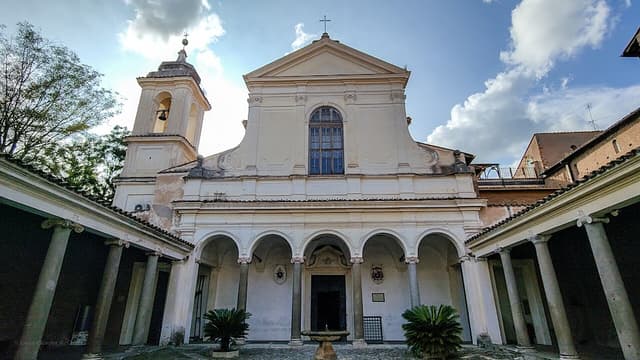
VILLA FARNESINA
The Villa Farnesina in Rome, built in the early sixteenth century for the rich sienese banker Agostino Chigi and now owned by the Accademia Nazionale dei Lincei, is one of the noblest and most harmonious creations of the Italian Renaissance. It is a masterpiece in which architectural design and pictorial decoration fuse in¬to a single marvellous synthesis. The sober volumetric and spatial layout of the Villa, devised by the architect Baldassarre Peruzzi, is indeed the perfect setting for its rich interior decoration, boasting frescos by great masters such as Raphael, Sebastiano del Piombo, Giovanni Antonio Bazzi known as Sodoma, and Peruzzi himself.
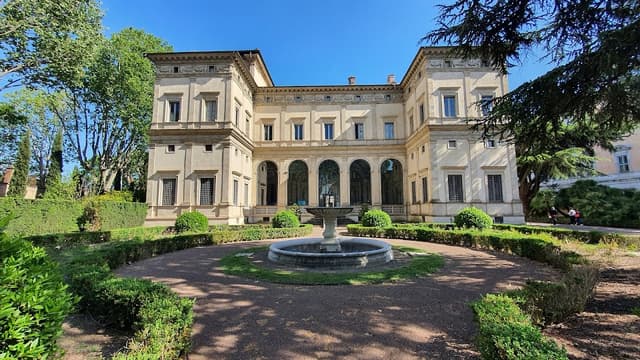
On the upper floor there is another one of the villa’s most beautiful rooms, the Sala delle Prospettive. The room’s décor is based on the optical illusion created by the frescoes that show the city of Rome through the marble columns.
PLACES TO EAT🍝
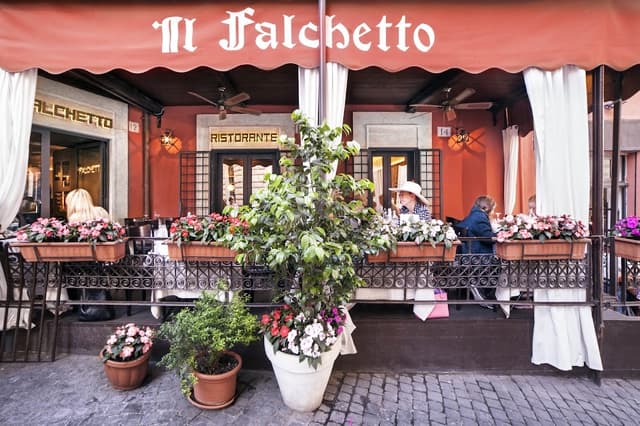
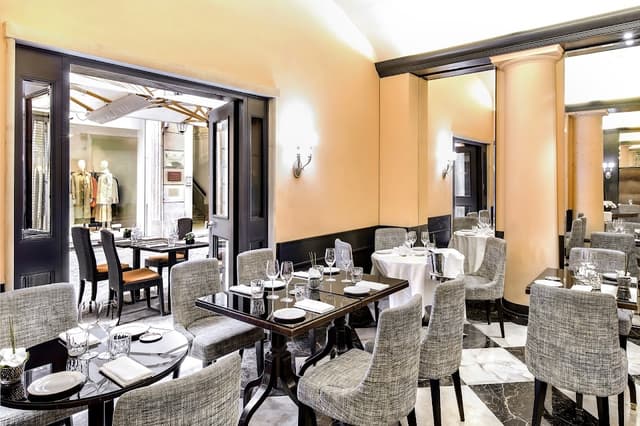
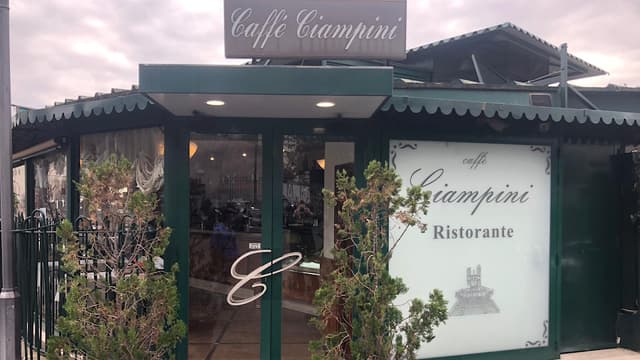
VILLA MEDICI and GARDENS
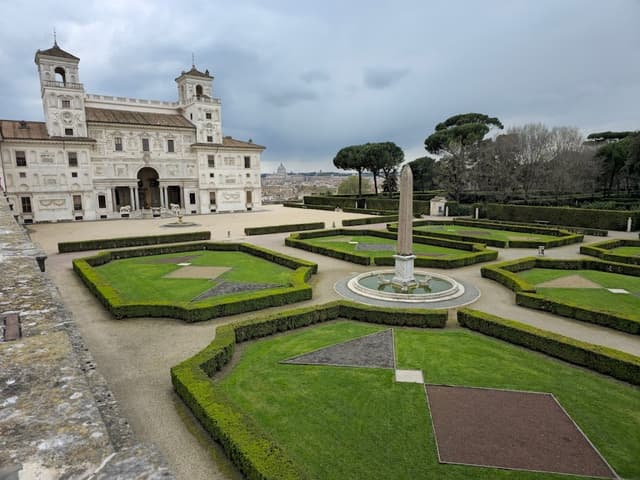
HADRIANEUM (free)
⭐️DO NOT MISS
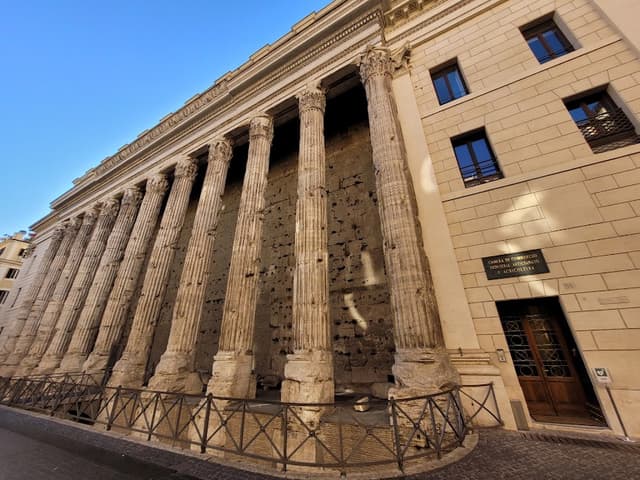
THE VIRGIN AQUEDUCT BELOW THE RINESANTE
⭐️DO NOT MISS
The Rinesante Department Store on a via Tritons is an upscale place. But less well known is that in the basement - level (-1) they preserved a view of an ancient , stil functioning aqueduct. They’ve done an excellent job of preserving and presenting it.
Via del Nazareno arches
The historical brand ‘la Rinascente’ has been acquired by a Thai company, the Central Retail Corporation, which bought the 100 percent of the brand in May 2011 for € 205 million.
To open a great luxury department store in Rome in 2015, the Thai Company worked underground in a large place located in the area between Trevi Fountain and Spanish Square, along Tritone street.
As soon as the work started and the excavations began, a long piece of the Virgin Aqueduct was discovered underneath the palace.
This major public work dates back to the times of Emperor Augustus. His great friend and son in law, the consul Marcus Vipsanio Agrippa, provided the area of the the Pincio, the Pantheon and its thermal baths with water having the Virgin water aqueduct accomplished in 19 BC .
Some arcades of this important aqueduct are already visible on via del Nazareno.
The new Rinascente store has a kind of archaeological museum below…the ruins of the Virgin Aqueduct arches are be visible to their clients.
Go down to -1 level, and follow to the back of the store. There is a state of the art light display that shows how the aqueduct was built and explains how it worked. In true Italian style there’s now a rather smart little coffee bar in the basement and a space for fashion shows and exhibitions. So you can sip a perfect cappucino or espresso whilst admiring the engineering feat of a true Roman aqueduct.
HOUSE OF MONSTER - PALAZZO ZUCCARI
⭐️DO NOT MISS
The monsters consuming the doors and windows of the palace were dreamed up by the original owner, artist Federico Zuccari. Zuccari purchased the plot of land in 1590 and began construction on what would be both a family home and a studio. His inspiration for the architectural flair came from the Monster Park (Bosco Sacro) in Bomarzo.
After Zuccari’s death, the palace went through several owners, and the Queen of Poland even rented and expanded the porticoes of the palace in the 1700s. Through out its history, the palmetto has always managed to remain a meeting spot for artistic minds on their Grand Tour, as well as among those in Rome’s high society.
The final owner was Henrietta Hertz, who filled the palace with art and a vast collection of German books. Hertz donated the books to the German government upon her death, and they still manage the private library to this day.
GALLERIA SCIARRA
⭐️DO NOT MISS
Just a few people know about Galleria Sciarra, which is a two-minute walk from the thundering Trevi Fountain..
It is located right behind the McDonald’s.
While the facade of the building is truly typical, the interior of Galleria Sciarra is breathtaking, though you only start to catch your first glimpse of it as you wander through the entrance.
The building as we know it today was built between 1885 and 1888 as the courtyard of the Sciarra Colonna di Carbognano palace, during the renovation and modernisation of Rome’s central districts. Various renovations and constructions of bourgeois palaces can be placed in this historical period, because with the passage of the capital of Italy from Florence to Rome, a profitable period of transformation began for the eternal city, which with its new role needed to create new prestigious spaces for a bureaucratic apparatus up to the mark.
New commercial activities flourished in Rome, the population continued to grow and with it the need for new living spaces. The cultural ferment of the time can be seen in the richness of the decorations and the magnificence of the Gallery, which shows the capital’s new prestige.
The gallery, commissioned by Prince Maffeo Barberini-Colonna di Sciarra, had the function of connecting the spaces he owned. The nobleman in fact, besides being engaged in political activity as a deputy of the Kingdom of Italy, was also an entrepreneur in the publishing industry. In addition to his residence, Galleria Sciarra also housed the editorial office of the daily newspaper La Tribuna, and later also the editorial office of the famous literary magazine that had Gabriele D’Annunzio as its editor, the Cronaca Bizantina.
It is known as Galleria Sciarra, as it is a covered walkway – a private courtyard but open to the public during office hours – the entrances are at Via Marco Minghetti and Piazza dell’Oratorio, the Galleria is very close to the Trevi Fountain, yet it is a little-visited place known only to discerning tourists and locals.
Galleria Sciarra is one of the few examples of Art Nouveau architecture in Rome. The Galleria is part of a prestigious architectural complex that starts at the Banco di Roma and ends at the Teatro Quirino on Via delle Vergini, occupying the centre as a true Art Nouveau heart of the complex.
The Gallery is an extension of an older aristocratic palace, built between the late 16th and early 17th century, which from that time on was one of the richest and most imposing buildings in the city, with attention to every architectural detail. The gateway, for example, has been described as one of the most beautiful gates in Rome, so much so that it has been included in the Four Wonders of the Eternal City.
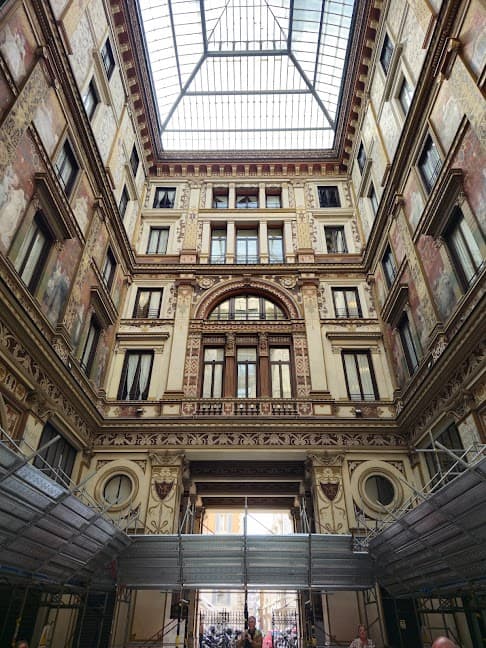
DIOSCURI TWIN STATUE
⭐️DO NOT MISS
These statues look down on visitors as they go up the steps to enter into the Capitoline Museum. They look as strong and powerful as the war horses they stand next to. They are the Dioscuri. Castor is the on the left and Pollux (Polydeuces) on the right.
The statues were found near Circus Flaminius and Michealangelo had designed them to go somewhere else originally. When they found the statues, Castor was missing his head so they used Pollux’s head as an example and made a new one. I find this is interesting because because it was Pollux was the immortal one.
Their story starts at their birth. Since Leda had two suitors the night they were conceived, one was favored by the gods more. Together, they became strong warriors for their people. When it came the time for them to die, the gods invited Pollux to live with them in Olympus. But Pollux could not bear becoming an immortal without his brother and asked if Castor could join him. Zeus honored this request by placing them in the constellation “Gemini” which was the highest honor or greatest punishment. There are also some versions of the tale which permit the twins to both be immortal if they switch between Olympus and the Underworld to appease the Fates. This and many similar tales explain why we see the constellations in different cycles.
The home for unique & authentic travel